Not much information is thought to be stored in a cat's long-term memory. It has been established that cats can remember certain places and certain people for many years, but by and large, scientists still don't know how long-term memory works in cats or dogs. However, long-term memory is the responsibility of the cerebral cortex, and in cats it is almost twice as complex as in dogs (see paragraph 2). It's quite possible that cats' long-term memory works better, too.
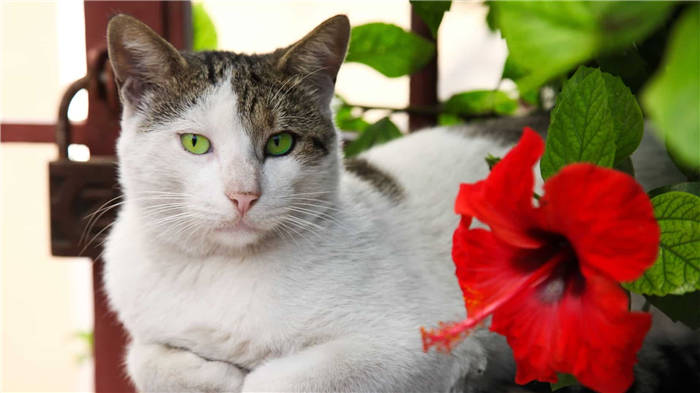
- How the cat brain is organized
- The device of a cat's memory
- Perception
- Constancy of objects
- Cats' brain functions decline with age.
- What goes on in a cat's head?
- Aging affects a cat's memory
- Cats can recognize the voice of their humans
- You will also be interested in:
- A cat's skull.
- What's in a cat's head
- Community rules
- Sweet hunter.
- Man who starved a thousand cats and dogs in South Korea was sentenced to three years in prison
- 🐱Why a cat sleeps in its owner's head
How the cat brain is organized
Many people know that a cat's intellect has its own peculiarities. But few know exactly how the cat brain is built and how it works. And also – what is the cat's memory and how it differs from the memory of other animals and humans.
A cat's brain weighs only 0.9% of its body weight. To be more accurate, it is worth mentioning that the human brain weighs 2% of body weight and the canine brain weighs 1.2% (although dogs, unlike humans and cats, can be quite different in size). Nevertheless, brain size is not a direct measure of intelligence. Various physiological limitations, such as the size of the head, may play a major role.
The structure of a cat's brain is much more complex than that of a dog. A cat's cerebral cortex consists of 300 million nerve cells, while a dog's is half that number. Humans, with their ability to think rationally and make decisions, boast 10 billion nerve cells.
The device of a cat's memory
It has been proven through experiments that cats, after hiding the food, remember the place of its location for 16 hours. Dogs, on the other hand, are able to forget about it after only 5 minutes. As for the long-term memory of cats, scientists have not yet established much, only the fact that it does not store the largest amount of information.
For example, some places or certain people fluffy pets can remember for several years, but otherwise, their long-term memory is still an unexplored area.
Perception
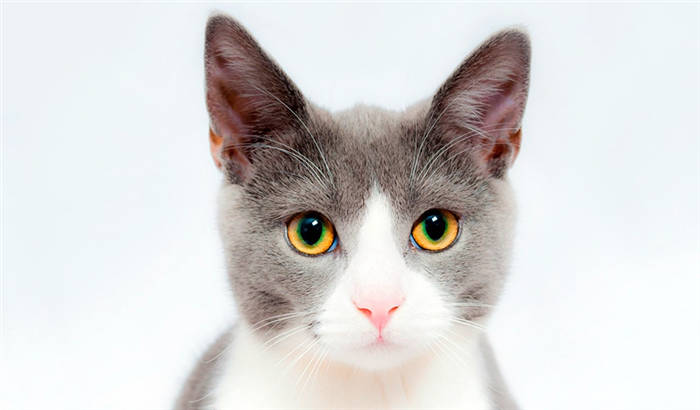
One of the most studied areas of the science of how cats learn about the world is their perception; the way they hear, see, smell, and touch (including with their whiskers). The sense of smell is the first sense in young kittens and is especially important in their relationship with their mother. But kittens do not react in any way to auditory stimuli until they are 11-16 days old and to visual stimuli until they are 16-21 days old. The sense of smell guides the social behavior of cats throughout their lives: they use scents to mark their territory and determine the boundaries of other cats' domains. Like dogs, cats can "read" smells, extracting news, opinions and other "social" information from them.
Alas, most scientific experiments on cat behavior have focused on their vision, which means that our understanding of how cats perceive the world is very limited. The peculiarities of a cat's perception of the world through whiskers, paws, and tails are still waiting to be discovered.
Constancy of objects

Object permanence is our (and not only our) ability to "keep an object in mind" even when it disappears from view, in other words, to know that if we no longer see something, it does not mean that it has disappeared forever. For example, if we saw a ball roll under the couch, we know that it is there – under the couch.
Human cubs develop the ability to "remember" an object by the age of two. And cats? Take a toy mouse and drive it under the couch – what will the cat do? That's right, to sit and stare at the place where the mouse disappeared. This means that cats are also capable of "object permanence.
In some experiments, the cats were made even more difficult: for example, they were shown food, then put the food in a container, and the container was hidden behind a screen. After that, the experimenter secretly took out the food and took out the empty container from behind the screen. The cat made a logical conclusion: if the food was not in the container – then it must be left somewhere behind the screen and that is where to look for it.
Cats' brain functions decline with age.
Older cats can develop a disease similar to Alzheimer's. Cognitive Dysfunction Syndrome in cats is associated with aging of the brain and can lead to symptoms such as depression, disorientation in space, and inappropriate behavior. It's just like humans, but fortunately, not all humans and not all cats are susceptible to this disease.
With each new generation, our smartphones and tablets are getting more powerful and faster. But they are still a long way from the cats! For example, the built-in memory of an iPhone does not exceed 64 gigabytes. And a cat's long-term memory can contain up to 91,000 gigabytes of information!
And how fast do computers and cats process information? An iPhone's processor performs about 170 million computing operations per second. But a cat's brain performs 6 trillion operations in the same time! 6 trillion is 6000000000000000000, or six million million million.
What goes on in a cat's head?
Hello, my fancy readers! Today my owner yelled that he wanted to know what was going on in my head. So what, I knocked him down, why get hysterical?
But his indignation gave me an interesting idea. I'm sure he's not the only one who's interested in the answer to this question. Well, I think it's worth opening up the veil of mystery a bit. It's not uncommon for our actions to seem unreasonable and foolish to a person. However, before we can evaluate them, we must try to enter the world of our thoughts. In addition to the usual three dimensions (height, length and width), the cat's world also includes smells, which mark the boundaries of possessions and are something like a cat's passport. And if for a human the shortest way from point A to point B is a straight line, we can have our own opinion about it, and we can easily prefer a curve to avoid areas with, for example, someone else's scent. Delayed travel, on the other hand, may be because we leave our mark there, which will tell others about our status, age, health, and marital status. The simplest form of orienteering on the ground is to follow directly to a visible goal, as well as a step-by-step route and the use of certain landmarks. It is true that this system of orienteering is not always effective, because as we move a landmark, we immediately get a little lost, which is known to owners of blind cats.
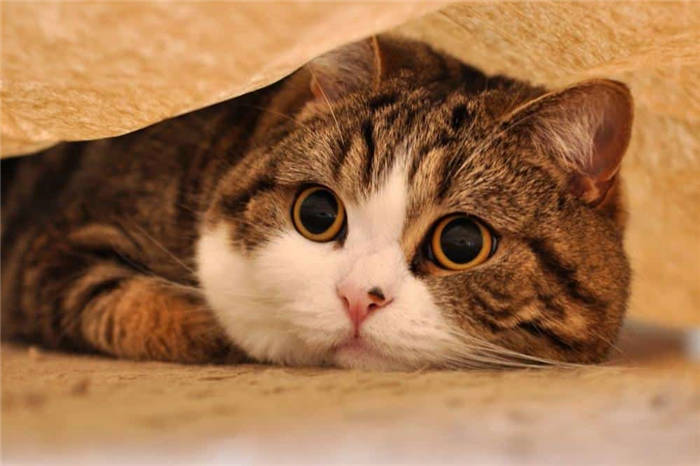
We mentally map our environment. And the more thoroughly we survey the territory, the more detailed the map. Such maps allow us to move along the route that is most advantageous to us. If available, we can take a shortcut, moving precisely to a target that we can't see at all. If the cat has several options for the shortest path, they will prefer the one of them, the beginning of which and the direction to the goal – coincide. The choice of the path is also influenced by turns and their number, but the initial direction and distance are of paramount importance. And when it comes to path selection, the cat gathers information in a practical rather than theoretical way.
Aging affects a cat's memory
Like humans, cats lose brain cells as they age, which eventually leads to a decline in their memory and learning ability. Age-related changes can affect the way their brains store information, making it difficult for them to remember.
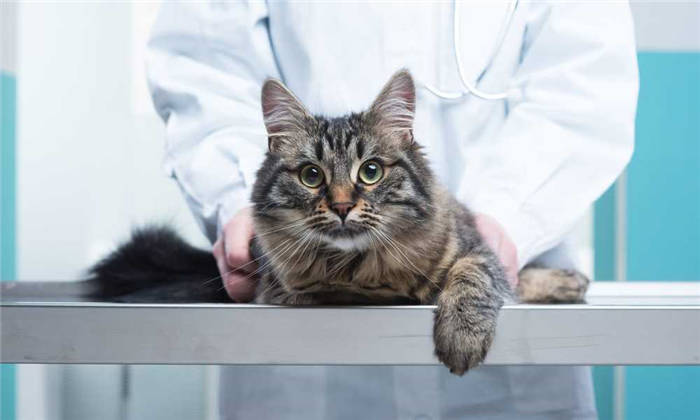
Because cats' brain structure is similar to that of humans, they can develop similar conditions that affect their brains and their functions. Feline cognitive dysfunction (FCD), a condition similar to Alzheimer's disease in humans, can affect feline memory.
Degenerative changes in the brains of cats with FCD cause behavioral changes such as decreased social interaction, loss of house habituation, disorientation and sleep disturbances.
Cats can recognize the voice of their humans
Cats have lived with humans for more than 10,000 years. Regular interactions have paved the way for cats to communicate on some level with humans. A 2013 study that examined how cats respond to their owners' voices found that cats respond to human voices with ear and head movements (also called "orienting behavior") rather than vocalization and tail movement (communicative behavior), as is often the case with dogs.
In addition, cats responded markedly to their owners' voice. These observations show that cats can distinguish between people by only hearing their voice and not seeing them. Interesting fact about the cat brain, isn't it?
You will also be interested in:
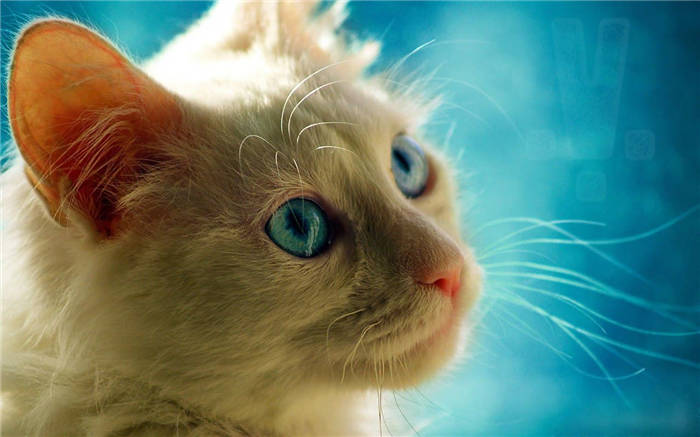
10 Fun Facts About Cats If you're thinking about getting a cat, there are a lot of fun facts that will probably seem…
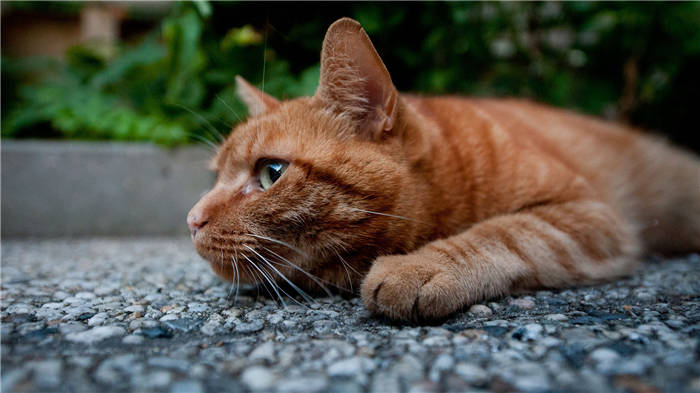
How to Make Vet Visits Easier for You and Your Cat Regular vet visits are important for your cat's health, but these visits often become a problem…

Why do cats stick out their tongues? 10 reasons for this behavior You may know this adorable trait better as a "bleep," and it's just one of the reasons…
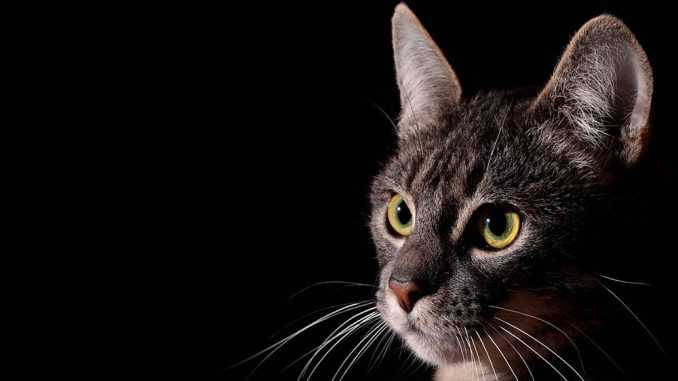
What can your cat's tail tell you? Tail signals are an important part of your cat's communication repertoire. This article aims to explain more about…
A cat's skull.
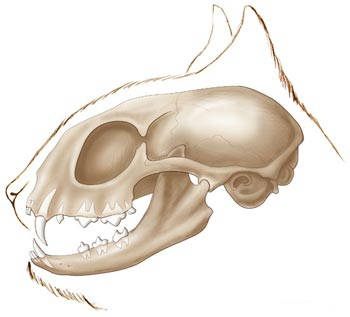
A cat has a fairly short and round skull, the size of which varies as an adult depending on breed, sex, and individual hereditary traits.
The distinctive feature of the cat skull is approximately the same development of the facial and brain sections: the brain section consists of 11 bones and the facial section consists of 13 bones.
The cerebral part of the skull is represented by the cranial box. Its top is formed by the parietal, intertemporal and frontal bones. The parietal bone is paired and borders the occipital bone. In young animals, the occipital fontanelle is formed in the place of sutures, in which the paired ossification foci are laid. It subsequently forms the unpaired intertemporal bone.
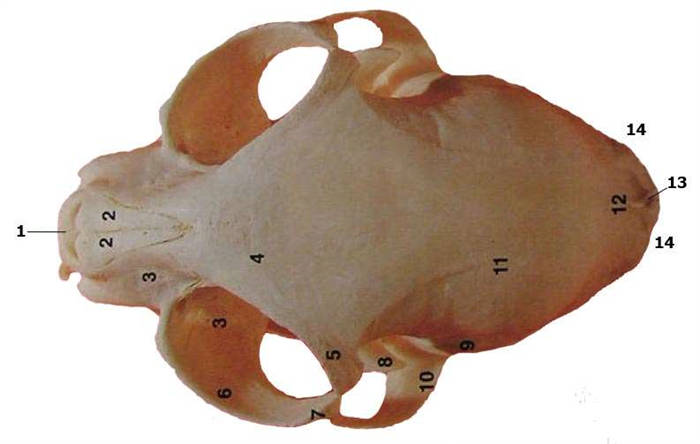
| 1. Incisor bone | 8. Venous process of the lower jaw |
| 2. Nasal bone | 9. Temporal bone |
| 3. Upper jaw | 10. The zygomatic process of the temporal lobe |
| 4. Frontal bone | 11. parietal bone |
| 5. The zygomatic process of the frontal bone | 12. interthemal bone |
| 6. Cheekbone | 13. Sagittal ridge |
| 7. Frontal process of the zygomatic bone | 14. Occipital bone |
What's in a cat's head
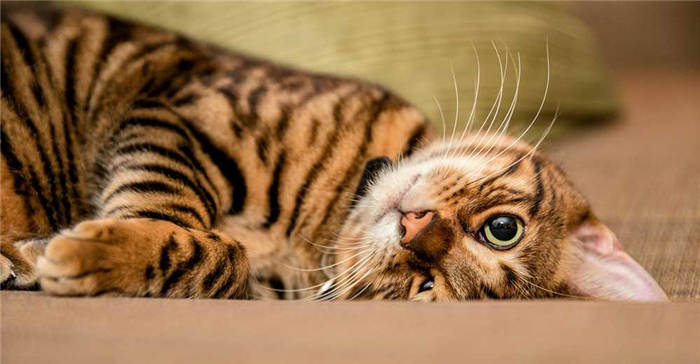
In the morning in the kitchen, we make coffee with Luciferase. Luciferase is a tiny cat with a bad temper and the ambition of Alexander the Great. Volunteers found her in a box, she is underfed by her mother and at two years old she looks like a six-month-old teenager. She'll always be like that.
Anyway, Luciferase says to me: "Your coffee won't run away.
We open the nightstand, and there's a mouse, cheeky and unprincipled.
I said to her, "What the fuck, Easy, what are you looking at? You got a mouse in here! I'll take my bonus at the end of the quarter.
She says to me: I'll be right there. And she dives under the nightstand. And it's just me and the mouse. I say: How long will you stay?
The mouse realizes there's no chance of small talk and leaves the way she came, through the hole in the back of the bedside table.
And there's Easy. Easy has a hunter's mind, she's good at strategy and tactics. Anyway, she refused the dry food that morning. And the coffee ran away.
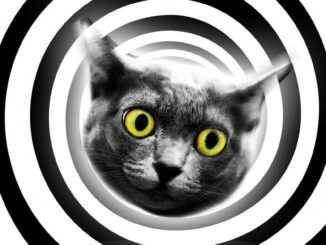
Community rules
✔Ordering other users. Use of foul language and swear words is forbidden. Replacing part of the letters with "@", "#", "$", etc. if the original word is computable is not exempt from liability. Categorically do not recommend the use of coarse proverbial language, as well as references to physiological abnormalities;
✔ Posts off-topic. Posts must be relevant to the stated topic of the community;
✔ Posts about helping animals in the community without the obligatory tags: #dobrooks #help #unrated
We also remind you that there is a special community on Pikabu called "Aybolit. Help for Animals".
Dear friends who don't like the posts asking for help for animals, we ask you very much to add the tags: #help #dobryeruki etc. to the blacklist.
✔Plagiarism! Don't misappropriate other people's ideas, posts, or other author's content.
Sweet hunter.
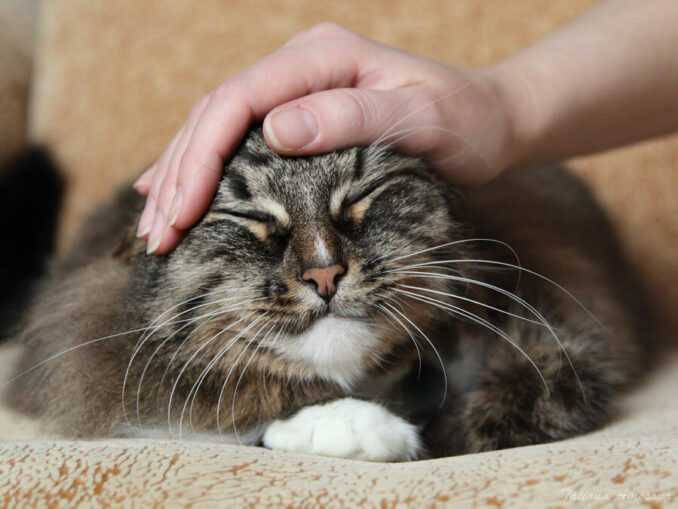
Another autumn has arrived. The mice came along with it to cosplay the pets. I placed glue traps where the cats couldn't reach, and combed sticky clumps out of the cats' hair in the evenings.
It wasn't without victories, however. In the morning, Baton presented me with a fresh, pretty corpse. For which he was presented with an award and scratched behind the ear. Being pampered beyond expectation, shyly retired behind the fridge.
The next morning, Easy was cheerfully tossing another strangled, sharp-nosed mouse around the kitchen. It didn't mind anymore. I scattered peas in my praise. Cats! They can do it!
The third day gave a moment of glory to Truffle. A bit of carnage was habitually served with the morning coffee. Stripey looked the most convincing as the predator.
But then, man, doubts crept into my soul. The third mouse was so strangely quiet and seemed already familiar. To be sure of my suspicions in the evening I had to move the fridge.
The body remained at the scene. Without the help of forensic experts, it was obvious that the victim had been dead for several days. For three days in a row the vermin took turns bringing me the same corpse.
The photo shows Truffle and Baton. Diplomatic representation of furry.
Man who starved a thousand cats and dogs in South Korea was sentenced to three years in prison
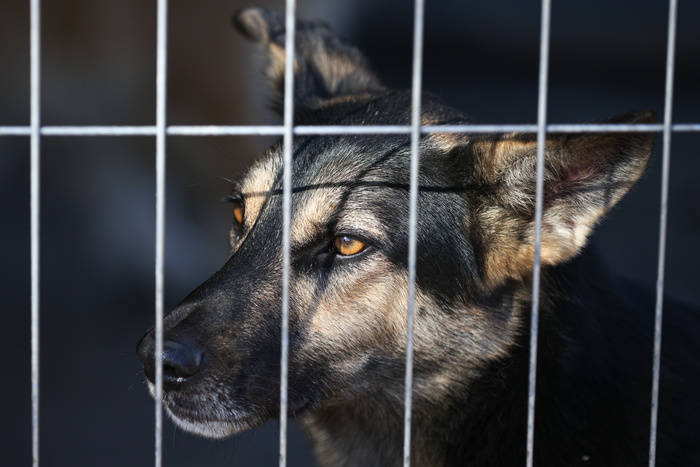
SEOUL, May 11. /South Korea's Yoju City Court sentenced a man to three years in prison for starving more than 1,000 cats and dogs he had taken from catteries. The Yonhap News Agency reported this on Thursday.
A 66-year-old man, whose name was not given, was taking cats and dogs from catteries. The owners of these businesses would get rid of some of their animals, which they considered uneconomical to keep.
The convict received the equivalent of about 570 rubles for each pet, but did not care or feed them after purchase. As a result, 1,256 dead cats and dogs were found in his home.
He allegedly began buying up animals in February 2020. The man was in the dock after his neighbor saw dead animals in the convict's garden in March 2023 and notified authorities and animal advocates.
As the agency notes, three years in prison is the maximum penalty for animal cruelty under local law.
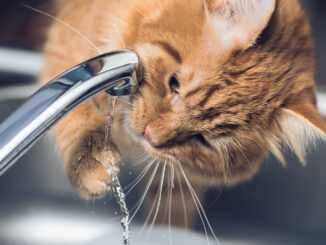
🐱Why a cat sleeps in its owner's head
How often do you wake up to the touch of the warm side of your cat's head? Sometimes the furry manages to lie down on their face, cutting off their owner's oxygen. And if only there were no place to sleep, but they have the whole apartment at their disposal!
A cat is a narcissist, it tends to occupy a warmer place. At night, at rest, the human head is the center of heat. A cat's body temperature is greater than a human's, but it also sometimes lacks it for basal metabolism.
So, to avoid laboring and producing extra heat, the cat looks for its source and warms up. And the owner is a great candidate.
You should agree that it is uncomfortable to sleep at someone's feet: they will push him out of bed. But it is rather cozy and calm near the head.
Near the owner's face the cat feels protected; only this way the very suspicious animal can relax and sleep peacefully. Safety for the cat has always been in the first place.
A cat considers the scent of its owner sweet and reminds it of its childhood. The head is the focal point of pleasant smells for the purr's nose. Cats especially like the way our hair and face smell.
That's why the pet likes to sleep by its owner's head, folding its paws right over the person's face.
The feline tribe is constantly sharing something, especially territory. They often "give" their scents to humans: they walk around and rub their cheeks, wrinkle their paws. This is how they mark their territory.
And sleeping with the owner, enveloping him in its scent, means that in this way the animal declares its rights to him.
That's why, when the owner goes outside, the cat radio already knows whose man is in a hurry to work.
It happens, the owner will turn on his side and rest his face right, excuse me, in the cat's ass. It's not nice, but there is reason to rejoice. And you know why?
The cat entrusted his "holy of holies" – his butt, showing that the man is a member of his pride. And cats know better than anyone else: it's dangerous to turn your back on your enemies.
Often a cat chooses among all family members one with whom it always sleeps. And not just sleeps, but ducks its nose into its hair and hugs its neck with its paws.






